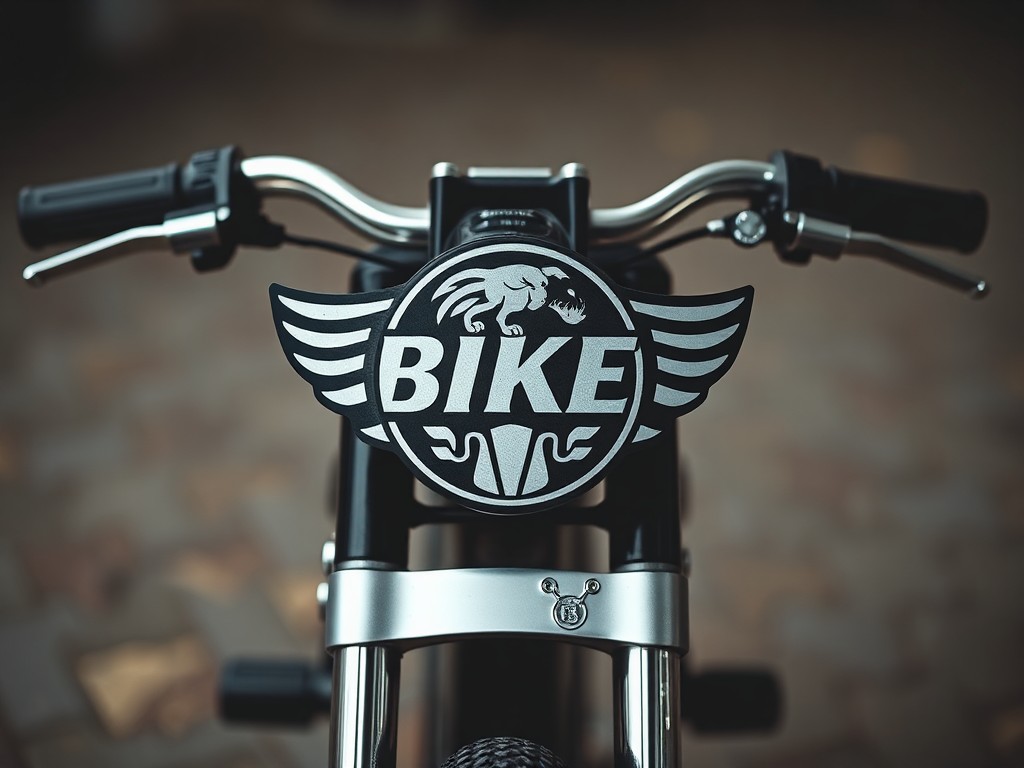When it comes to choosing a new car, one of the biggest decisions you’ll face is the type of transmission you want. Will it be manual or automatic? With both options having their unique benefits and drawbacks, the choice can be difficult. Luckily, you’ll find this comprehensive guide a useful tool to help you make the best decision.
The Basics of Manual Transmission
Before diving into the nuts and bolts of choosing between manual and automatic transmission, let’s first understand what manual transmission is all about. A manual transmission, also referred to as a stick-shift, involves a driver-operated clutch and a movable gear selector. Most manual transmissions have between five and six forward gears.
In parallel : Understanding the Risks: The Impact of Illegal Vehicle Modifications on UK Roads
Understanding the Manual Gearbox
The gearbox is the heart of a manual car. It is a complex mechanism that allows drivers to control the power output of the engine and the speed of the vehicle. To change gears, you press the clutch pedal, move the gear lever to the desired position, and then release the clutch. The process can be challenging for new drivers, but those who master it often find it satisfying and even fun.
The Pros and Cons of Manual Cars
Manual cars are generally cheaper to buy and maintain than their automatic counterparts. They also tend to consume less fuel, making them a cost-effective choice in the long run. On the downside, driving a manual car can be a test of your multitasking skills, especially in heavy traffic or on steep hills.
In parallel : Mastering Fuel Efficiency: Top Driving Strategies for UK Motorways
Getting the Hang of Automatic Transmission
Now, let’s shift our attention to automatic transmission. As the name suggests, an automatic car handles most of the work for you. It automatically changes gears as you drive, eliminating the need for a clutch pedal or a gear stick. The automatic gearbox is designed to select the most suitable gear for your speed and road conditions.
The Intricacies of Automatic Gearbox
Unlike a manual gearbox, an automatic one uses a torque converter instead of a clutch to manage the connection between the engine and the transmission. This makes for smoother transitions between gears and less work for the driver. You will find a selector on the automatic gearbox that allows you to choose between park, reverse, neutral and drive modes.
Automatic Cars: The Good and the Not-so-good
One of the key advantages of automatic cars is the convenience they offer, especially in stop-and-go traffic and on steep hills. They are also easier to learn to drive and are often found to be more comfortable for long journeys. However, automatics tend to be more expensive to buy and maintain. They may also consume more fuel than manuals.
Comparing Fuel Efficiency
When it comes to fuel efficiency, the type of transmission can make a significant difference. Manual cars have traditionally been more fuel-efficient. However, thanks to technological advancements, automatic cars are catching up. The gap in fuel consumption between manuals and automatics is steadily narrowing.
The actual fuel consumption will depend on how you drive. Aggressive driving can negate the fuel efficiency of manual cars. Similarly, newer automatic cars with ‘eco’ modes can optimize fuel use better than some drivers can.
Making the Best Choice: Manual or Automatic?
Ultimately, the choice between manual and automatic depends on your personal preference and driving circumstances. Test drive both types of cars to get a feel for each transmission. If you enjoy being in complete control of your vehicle and don’t mind the extra work, a manual car may be the best choice. If you prefer comfort and ease of use, an automatic car is likely a better fit.
In the UK, it’s important to remember that your driving licence will also dictate what you can drive. A manual licence allows you to drive both manual and automatic cars, while an automatic licence restricts you to automatic cars only.
The Future of Transmission
While the debate between manual and automatic transmission continues, the future of transmission looks set to change with the rise of electric cars. Electric vehicles (EVs) do not have a conventional gearbox. They use a single-speed transmission because an electric motor can operate over a wide range of speeds. As more and more people make the switch to EVs, the traditional gearbox may eventually become a thing of the past.
In conclusion, there is no definitive answer to whether a manual or automatic car is better. It all comes down to personal preference and driving conditions. Whether you’re a seasoned driver or a beginner, the choice is ultimately yours to make. Remember, the best car for you is one that suits your driving style and meets your specific needs.
Manual vs Automatic: A Price Perspective
When deciding between a manual or automatic transmission, one of the factors to consider is the cost. Typically, manual cars are generally more affordable to purchase than automatic ones. The reason for this is that manual gearboxes are simpler and cheaper to produce and install than automatic ones.
Maintenance costs also tend to be lower for manual cars. This is because manual gearboxes are less complex and have fewer parts that can wear out or fail compared to automatic gearboxes. For instance, manual cars don’t have torque converters, which are expensive to replace if they break down.
However, it’s worth noting that insurance premiums can be higher for manual cars. This is because they’re often considered to be more challenging to drive, leading to a higher risk of accidents. So, before making a decision, make sure to factor in all the costs involved, including breakdown cover.
On the flip side, automatic cars, while generally more expensive to buy and maintain, offer greater convenience and ease of use, particularly for those who are not adept at multitasking on the road. They can be a boon in heavy traffic, as they eliminate the hassle of constantly having to change gear and use the clutch pedal.
The Role of Driving Licences in the UK
In the UK, the type of driving licence you hold can also influence your decision between a manual and automatic car. If you pass your driving test in a manual car, you will be awarded a manual licence that allows you to drive both manual and automatic vehicles. However, if you pass your test in an automatic car, you will only be able to drive automatic vehicles unless you take another test to get a manual licence.
The benefit of a manual licence is the flexibility it offers. If you decide to switch from a manual car to an automatic, you can do so without having to retake your test. However, with an automatic licence, you’re limited to only automatic cars. So, if you’re not sure which type of car you’d prefer, or think you might want to switch in the future, it might be worth learning to drive manual first.
On the other hand, if you’re certain that you want an automatic car and have no plans to switch, then taking an automatic driving test could be a quicker and easier route to getting on the road.
Final Thoughts
In conclusion, the choice between a manual and automatic car really comes down to personal preference, driving circumstances, and cost considerations. If you don’t mind the extra work and enjoy having full control over your car, a manual might be the right choice. If you value comfort and convenience, an automatic could be the better option.
Furthermore, with the rise of electric and hybrid vehicles, automatic transmission is becoming more popular. These cars typically have automatic or semi-automatic transmissions, making them easier and smoother to drive. As technology continues to evolve, so too will our choices when it comes to choosing the best transmission for our needs.
Remember, the best decision is one that suits your specific requirements and circumstances. Whether manual or automatic, ultimately the perfect car for you is one that meets your needs, fits your budget, and gives you a comfortable and enjoyable driving experience.











